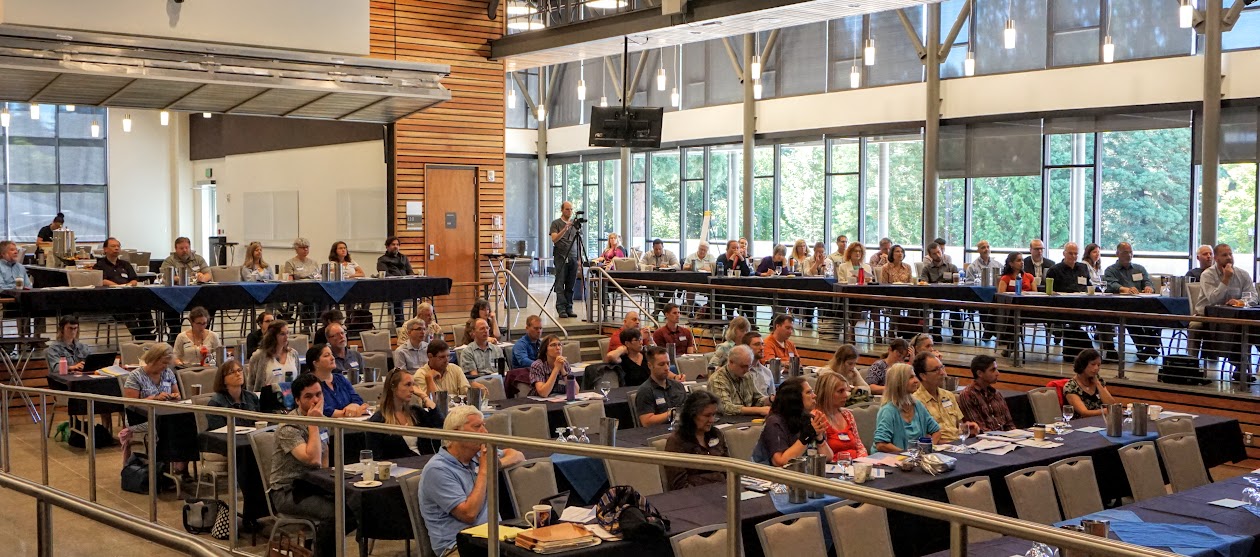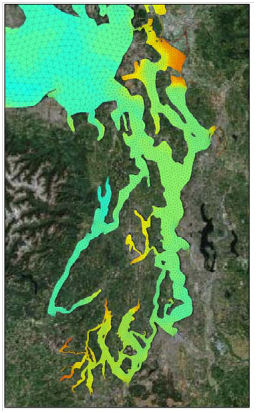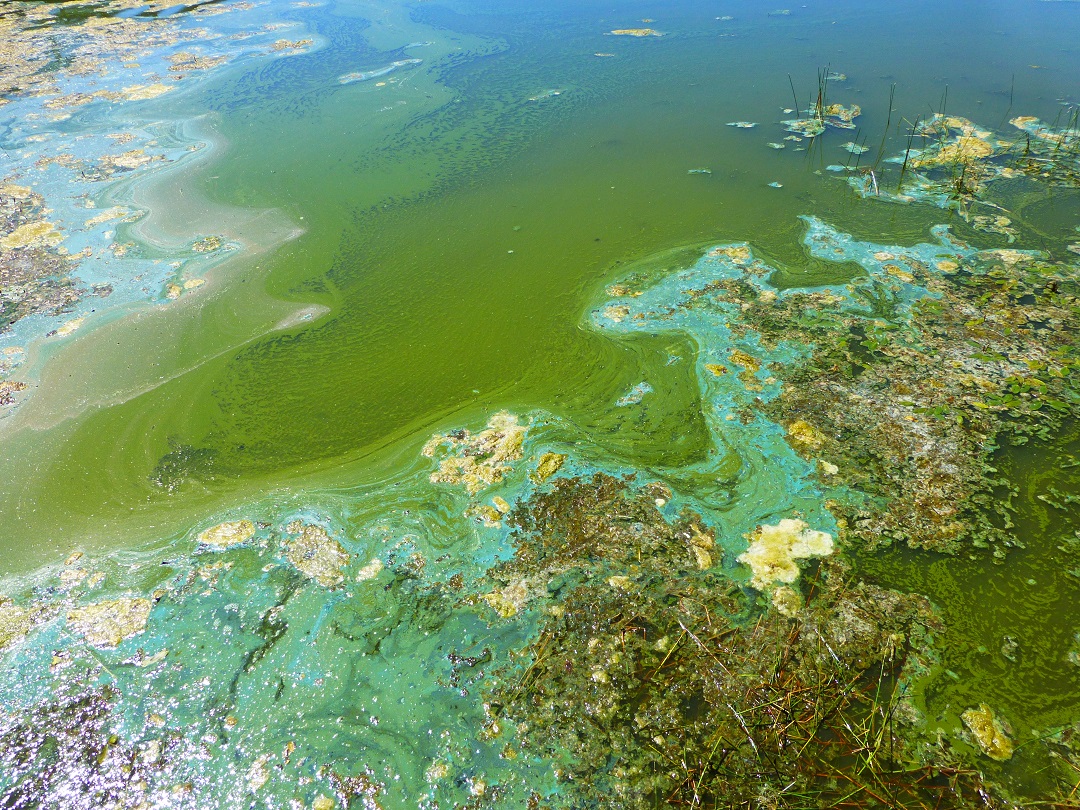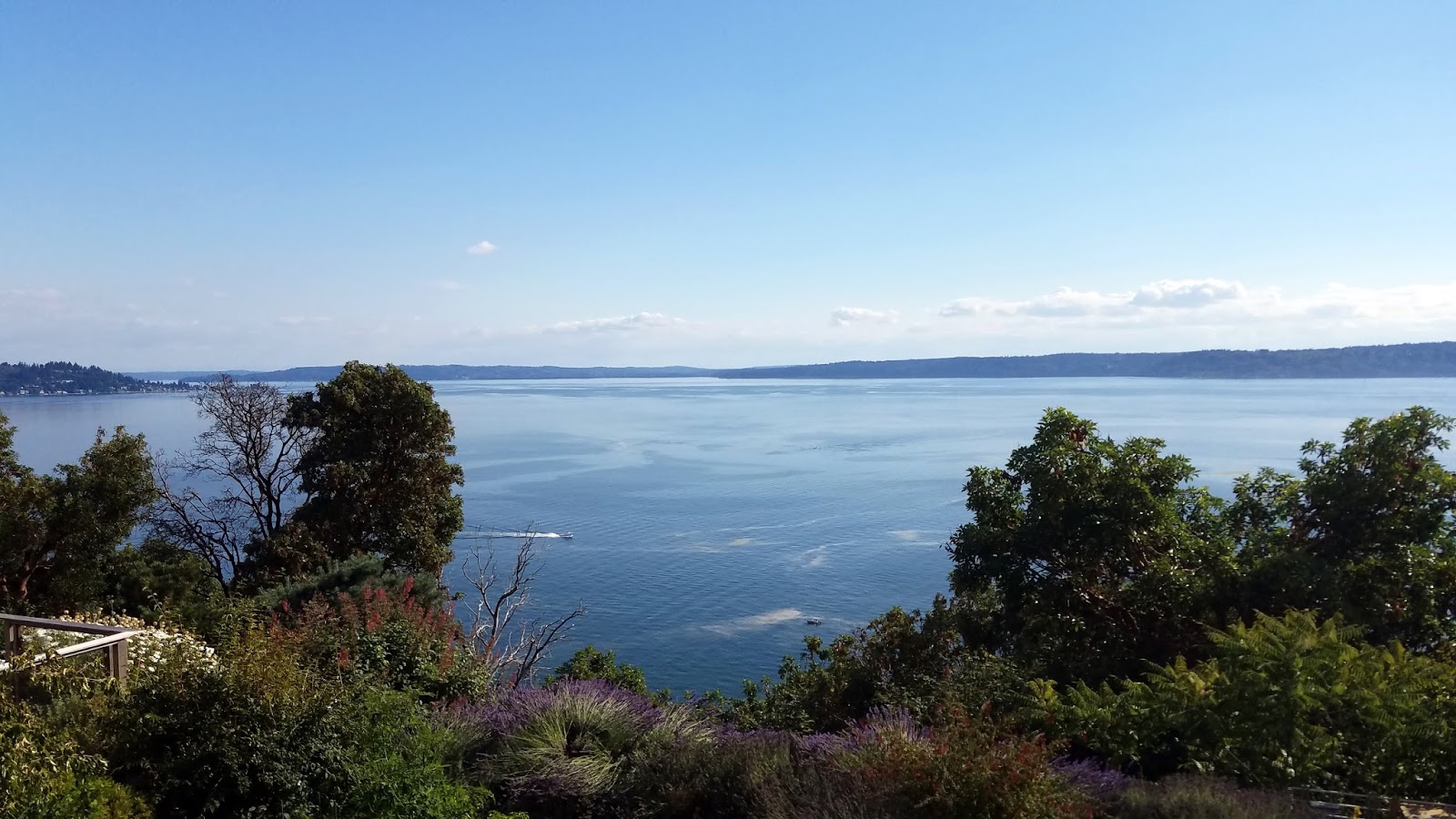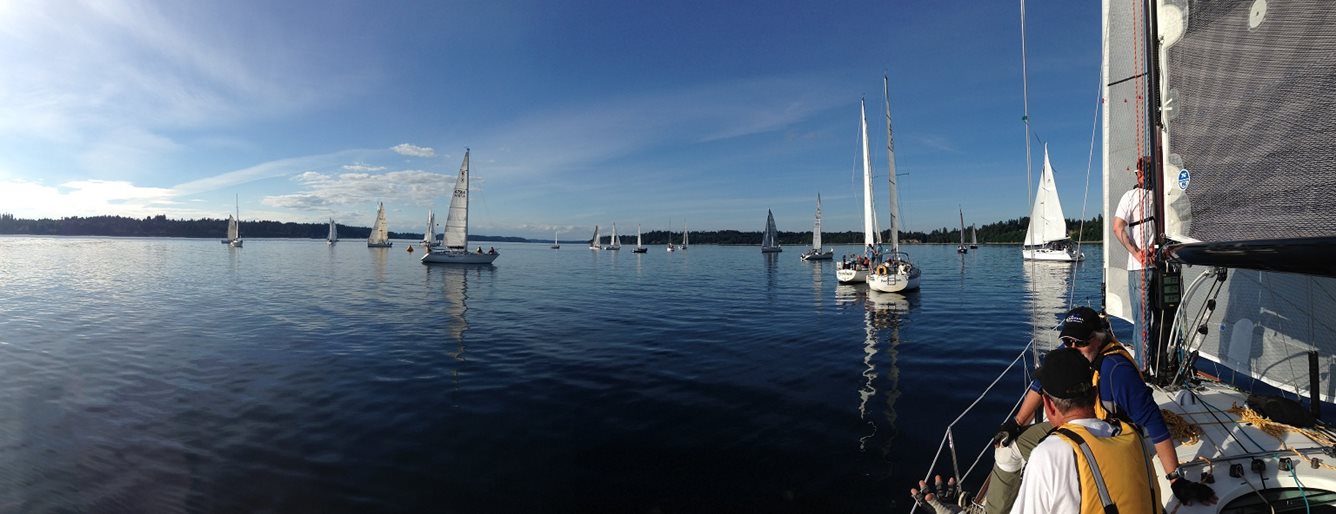
Welcome to our first installment of “Puget Sound Nutrient Watch,” an ongoing series of blogs that will focus on the excess nutrient problem in Puget Sound.
In this post we will be going over why we care about excess nutrients and how they are affecting Puget Sound. Read on to learn about:
- Our recent Puget Sound Nutrient Dialogue that brought together scientists from across Puget Sound region to discuss the latest science on nutrients.
- Why you should care. Understand what happens to a water body that is overly rich with nutrients.
- Two brand-new publications on nutrients in Puget Sound. These review new modules that have been added to the robust Salish Sea computer model.
- The report on the Sediment Diagenesis Module describes how the model incorporates the dynamic interaction of nutrients within the sediment and water column.
- The report on the Ocean Acidification Module reveals on how the new ocean acidification module can help us pinpoint areas in Puget Sound that are influenced the most by regional sources of nutrients.
- How can nutrients be bad? Impacts that excess nutrients cause to the health of the Sound.
- What to expect in this blog series.
Puget Sound Nutrient Dialogue
We would like to thank everyone that came out to the Puget Sound Nutrient Dialogue in Auburn last month, it was a great success! We had around 120 people show up ready to participate in the conversation surrounding the science of excess nutrients in Puget Sound.
Puget Sound Nutrient Dialogue participants eager to save the Sound.
Presentation slides, a summary of the event, pictures, videos, and more from the Puget Sound Nutrient Dialogue will be posted on the project webpage.
Why should we care?
We're working to understand nutrient problems in Puget Sound so we can keep it the beautiful natural resource that it is today.
Nitrogen acts like a fertilizer causing algae to grow. Too much nitrogen results in excessive algae growth, which puts the health of Puget Sound off balance. When algae die and decompose, it consumes oxygen out of the water column (especially at depth). In some shallow inlets and bays around the Sound, this will deplete oxygen to low levels which stresses fish and the other critters that live in important nearshore habitats.
Thinking about our future
Our science today tells us we have a nutrient over-enrichment problem in Puget Sound. We are in the beginning phase of a long-term project that will ultimately help us address this overabundance of nutrients. Our goal is to ensure the Puget Sound we know and love remains resilient to stresses from nutrient problems caused by our growing population and exacerbated by climate change.
Latest science — understanding the problem
Salish Sea graphic of nutrient-rich zones from the Salish Sea Model.
This robust computer model helps us better identify human sources of nutrients that are negatively impacting the health of Puget Sound by simulating the natural environment. It models complex water circulation and water quality dynamics in all of Puget Sound, the Strait of Juan de Fuca, and the Strait of Georgia.
Our two latest publications — released July 2017 — help predict impacts that are influencing Puget Sound's health.
The Sediment Diagenesis Module added the capability to the Salish Sea Model to simulate sediment-water exchanges. This module simulates the way organic matter decomposes, which allows the model to more accurately reflect actual conditions in Puget Sound. As organic matter decays both within the water column and bottom sediment layers, nutrients are released back to the water and consume oxygen in the process.
The Ocean Acidification Module calculates the impacts of regional nutrient sources on acidification. Results from this effort indicate that human-related sources of nitrogen and organic carbon can influence Puget Sound's carbonate system balance.
Toxic algae blooms - like this one that happened at
Deception Pass - can be caused by eutrophication.
These impacts potentially include:
- Harming nearshore habitat and benthic invertebrates
- Intensifying ocean acidification at some locations
- Facilitating the break-down of the marine food web
- Increasing the number of algae blooms
Tackling the Puget Sound nutrient problem
The Puget Sound Nutrient Source Reduction Project is using best available science to understand the nutrient problems in the Sound and develop a plan to reduce human impacts so that we can protect the health and resiliency of Puget Sound.
The Salish Sea Model is a state-of-the-art computer modeling tool that allows scientists, engineers, and planners to understand the complex physical, chemical, and biological patterns in circulation and water quality. We will be using the model to compare Puget Sound to marine water quality standards, understand how bad water quality will be if we continue with the status quo, and evaluate nutrient reduction options for improving and restoring the Sound to meet our water quality goals.
Visit our website and join our listserv to get up-to-date information concerning the nutrient problem in Puget Sound. You can also this full blog series by searching "Puget Sound Nutrient Watch". We want this to be a collaborative effort that brings all of the technical work that is happening on Puget Sound nutrients together. We need all hands on deck to find the best solutions for meeting water quality goals for Puget Sound.


